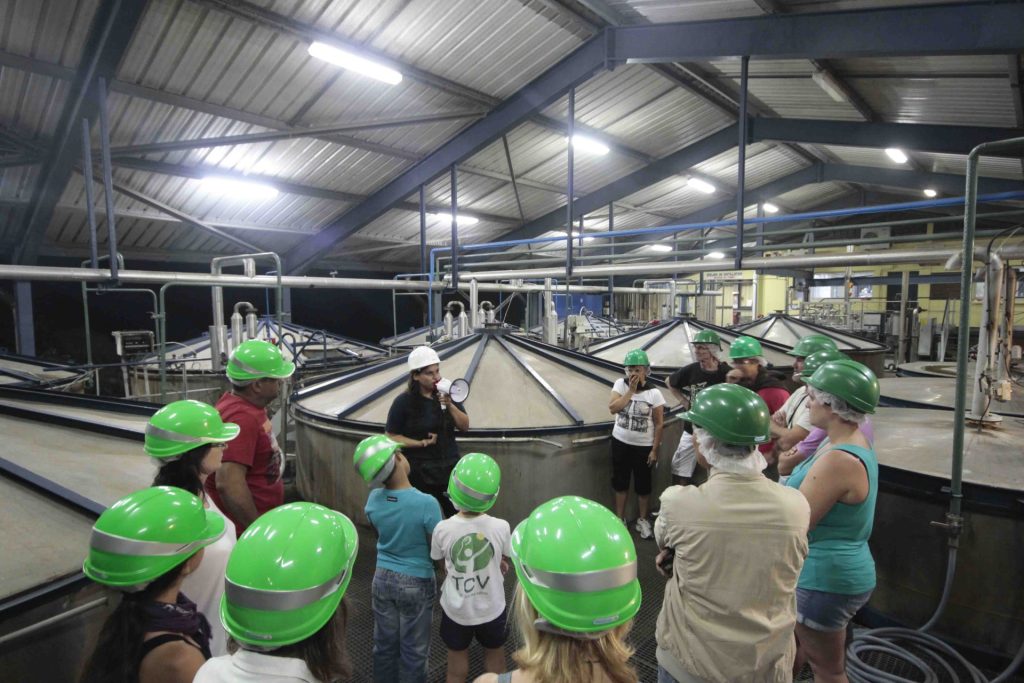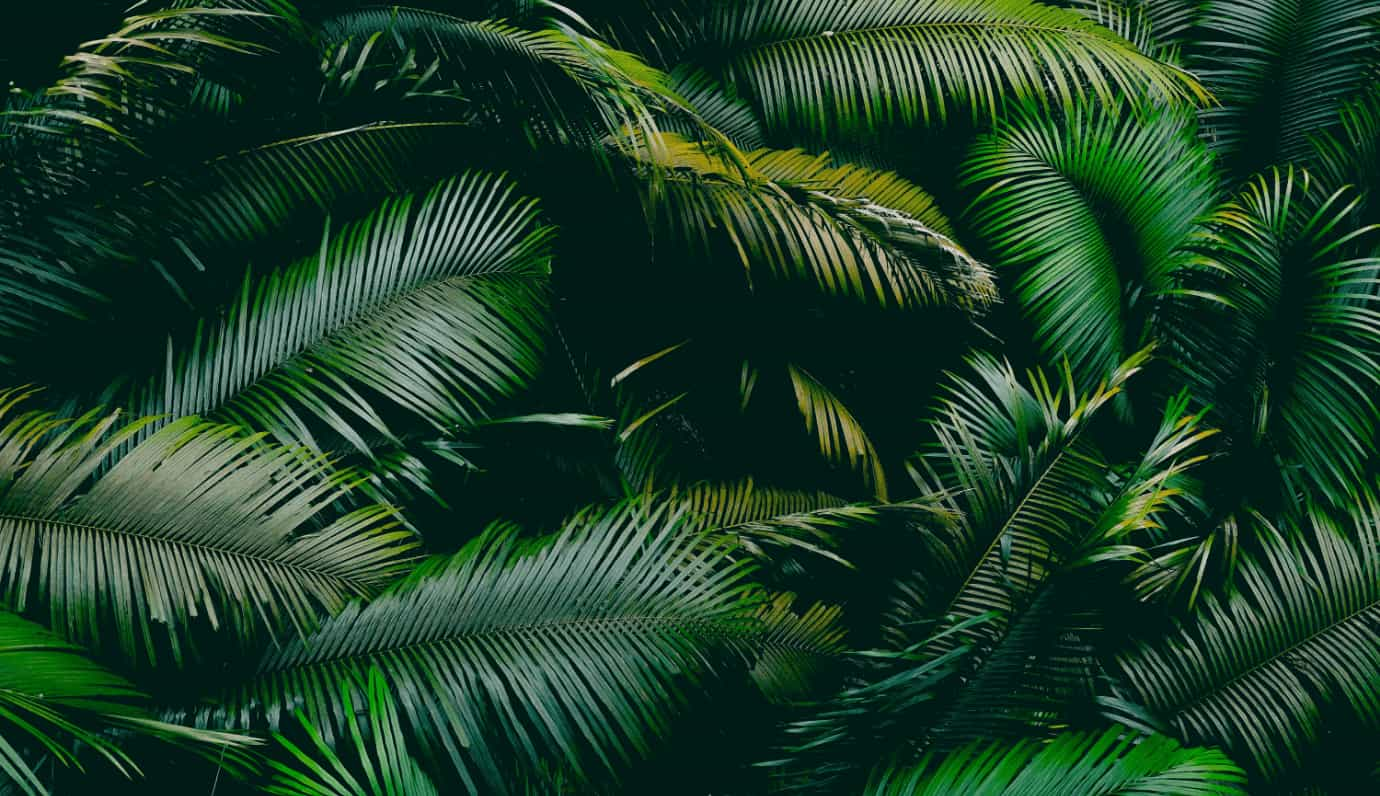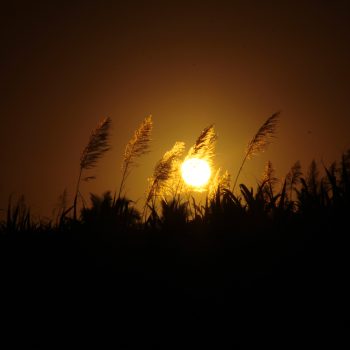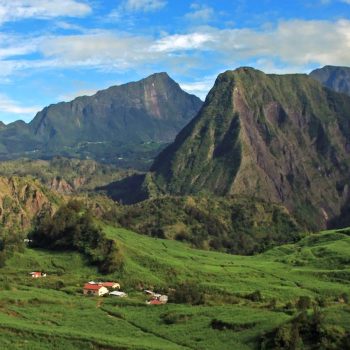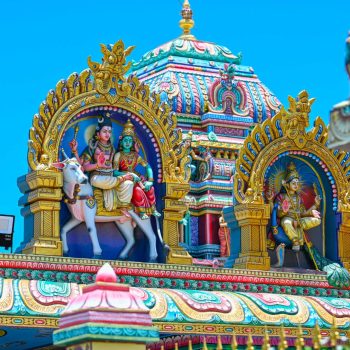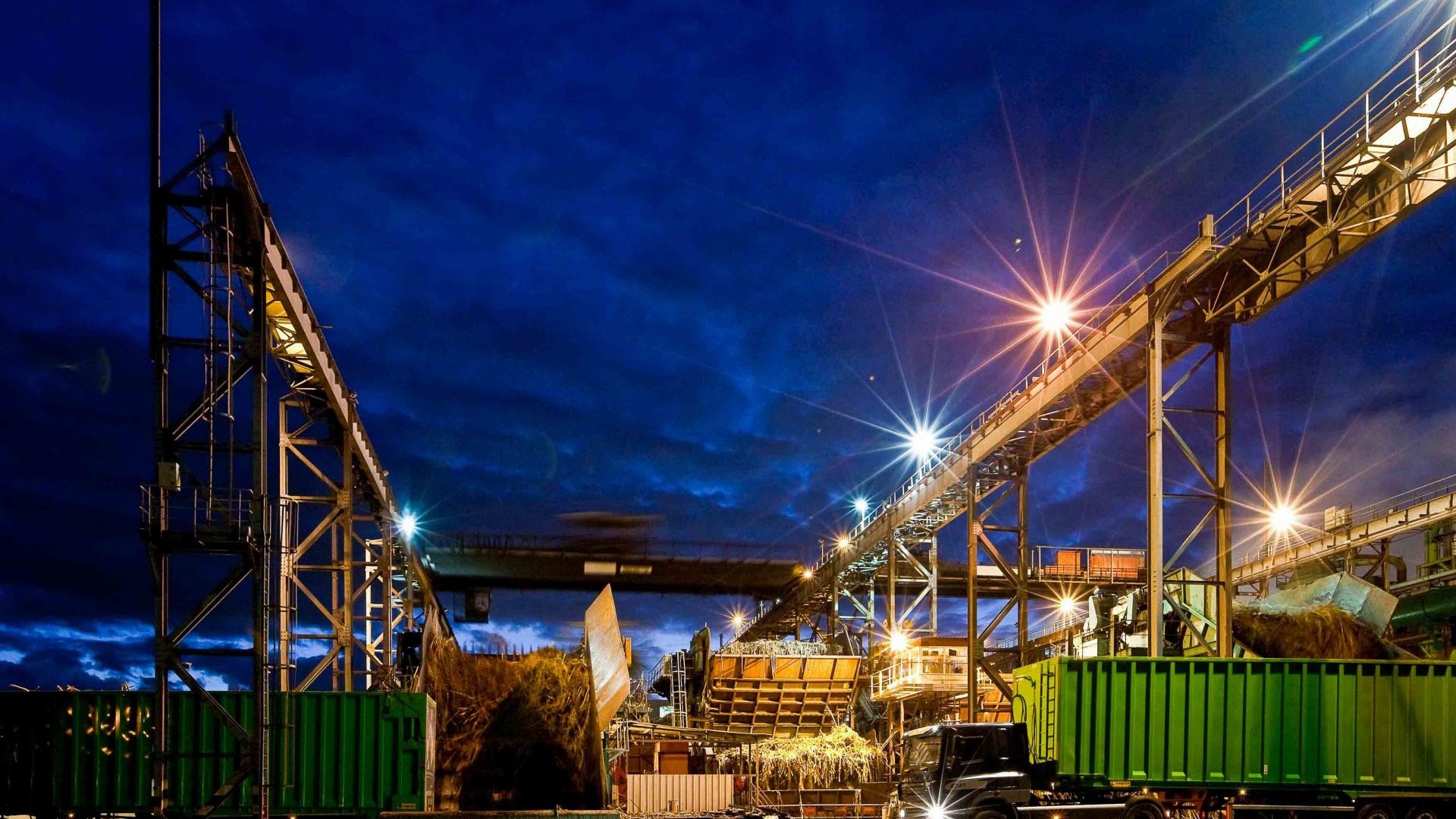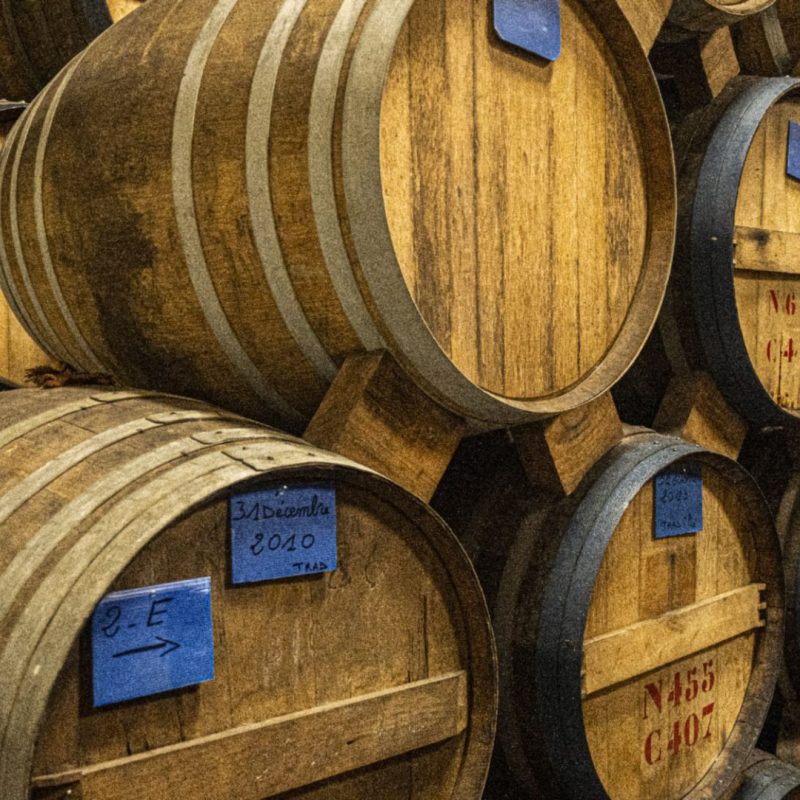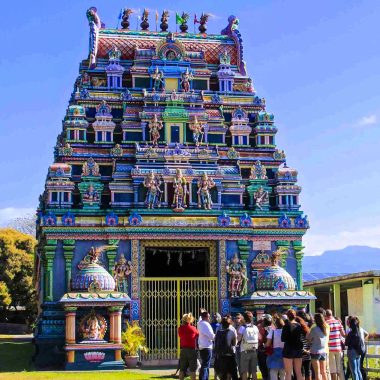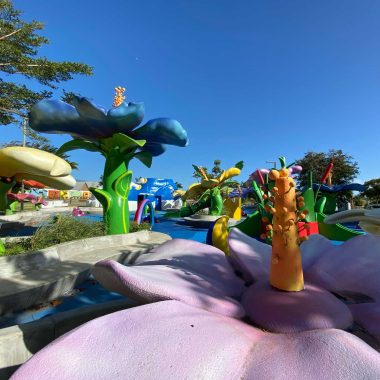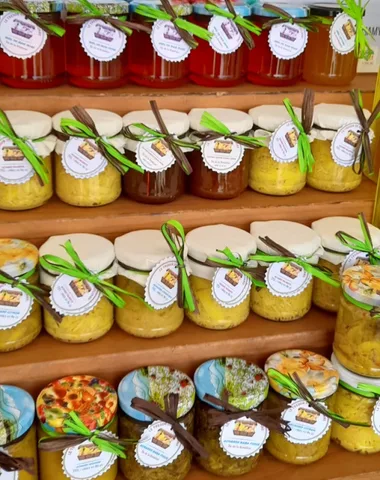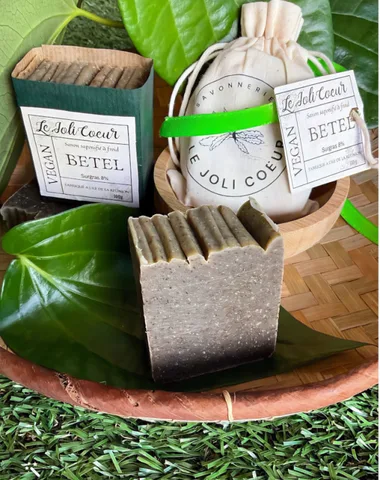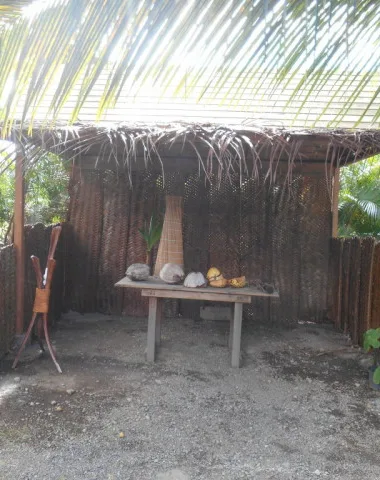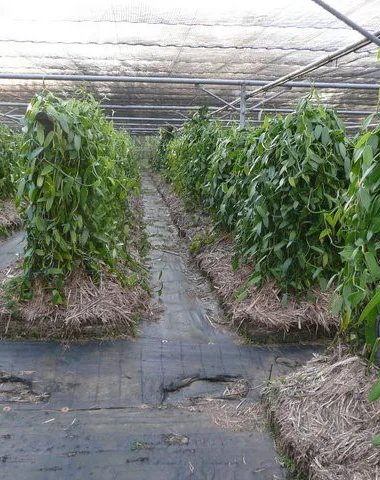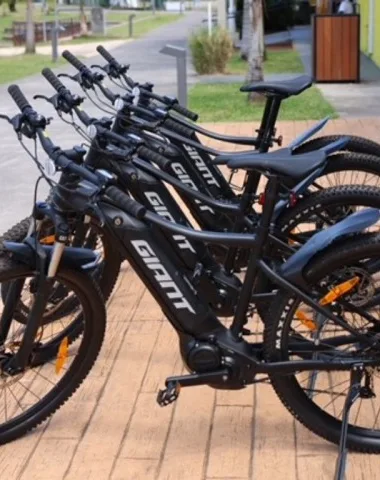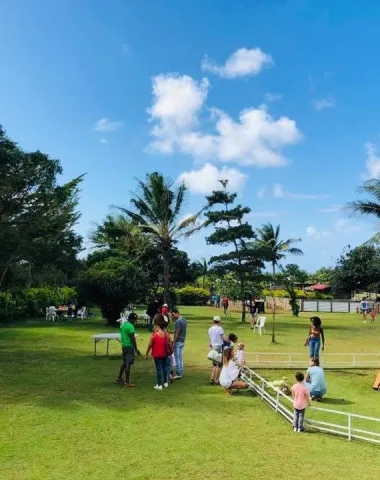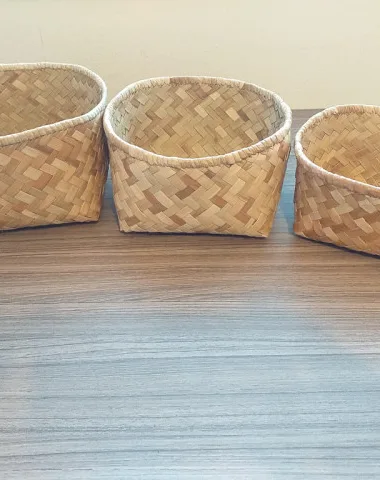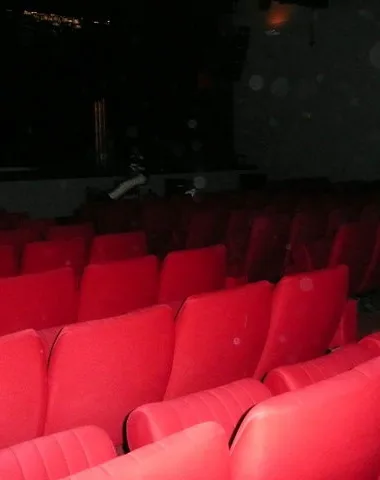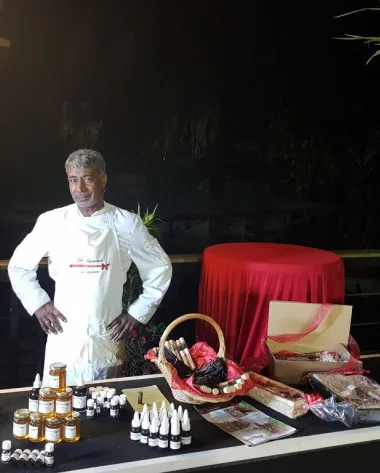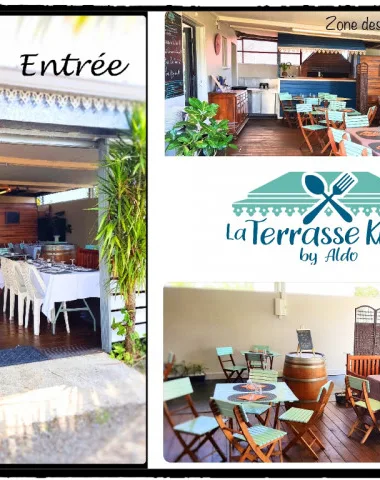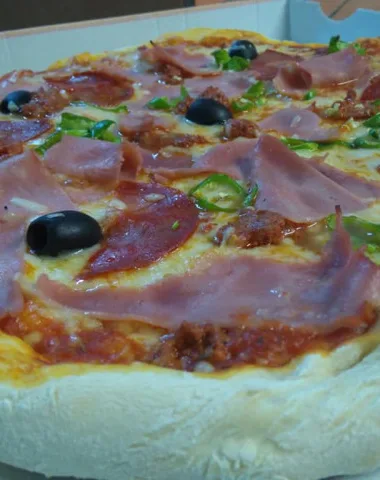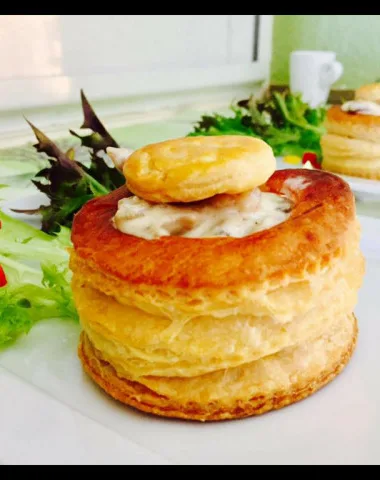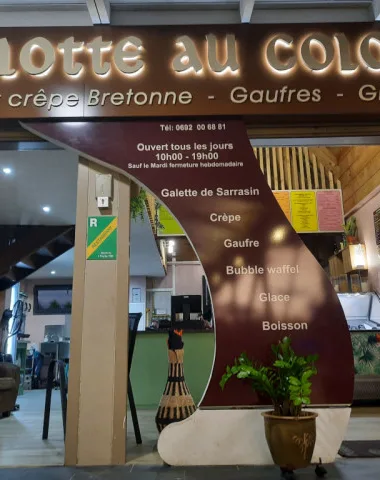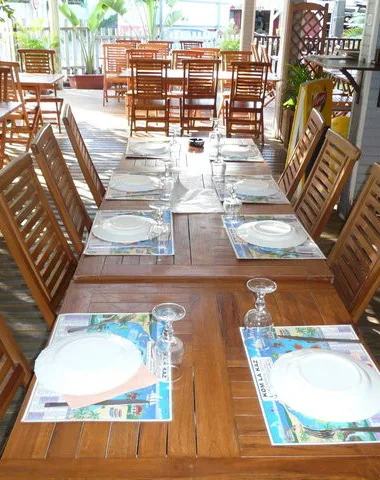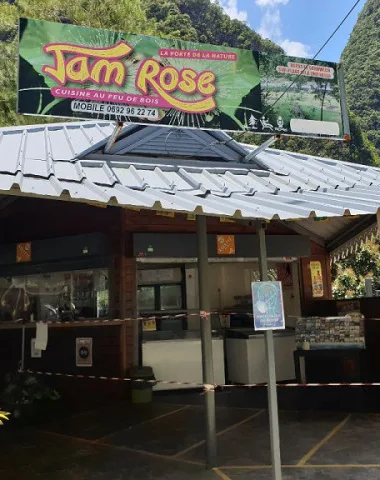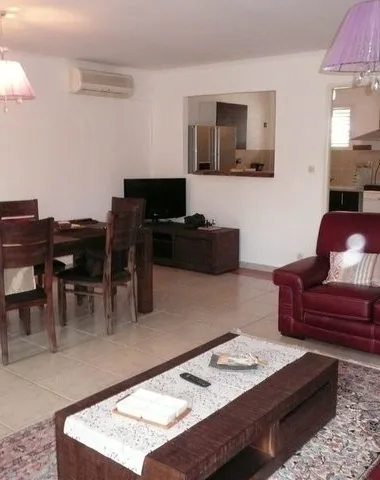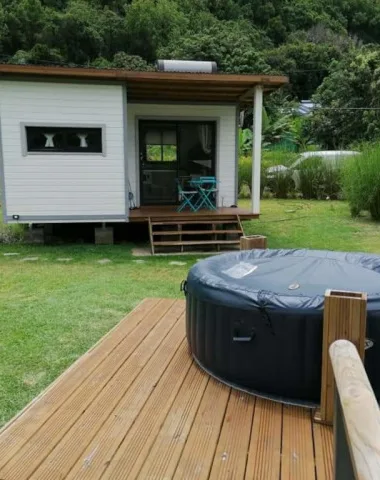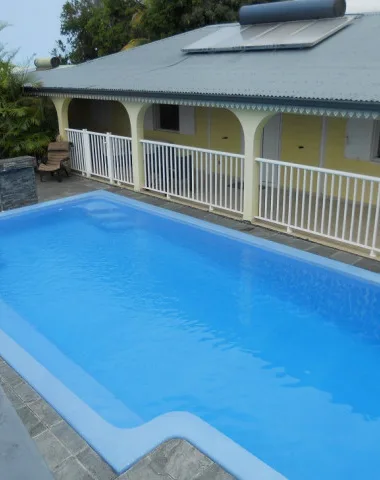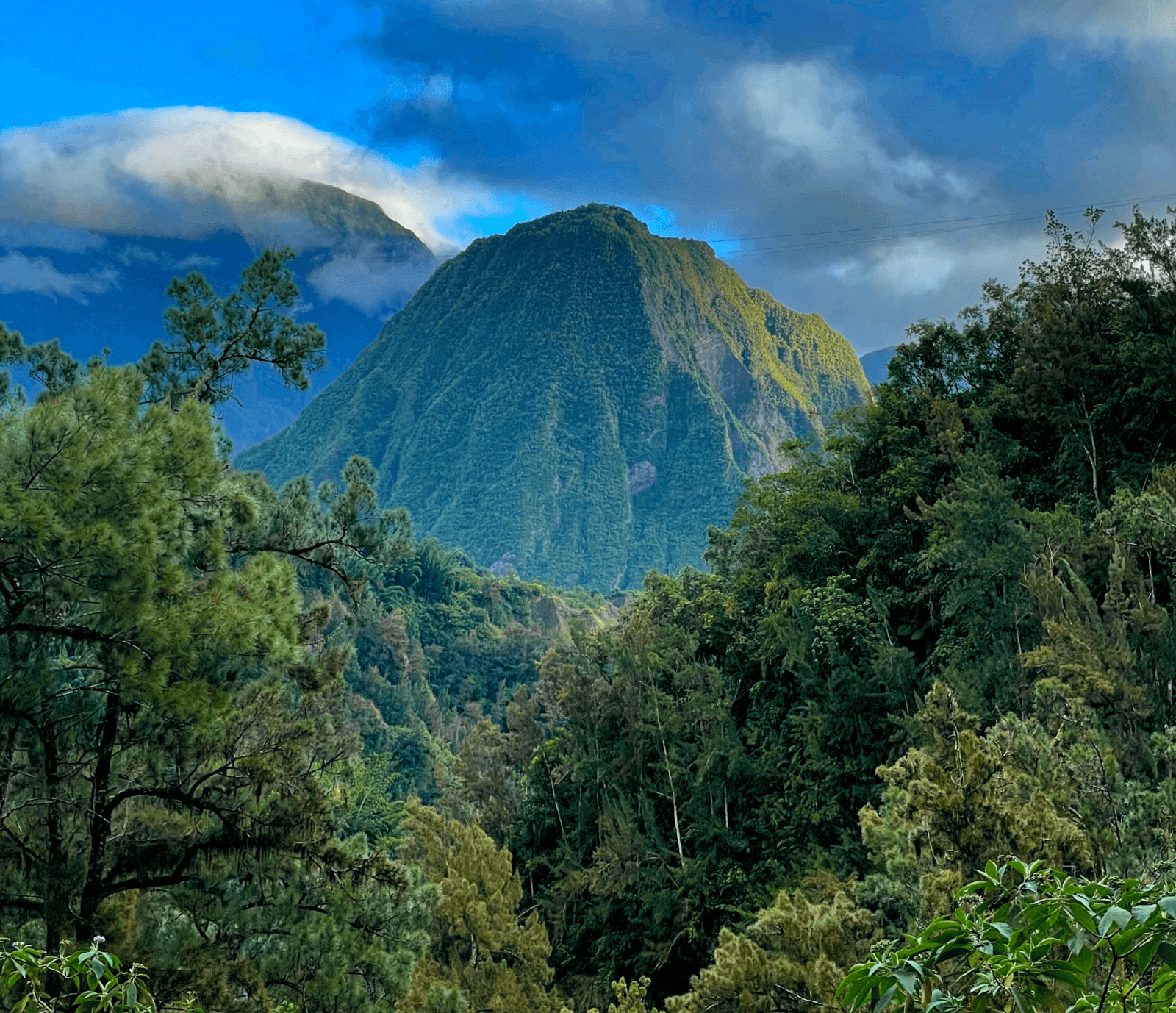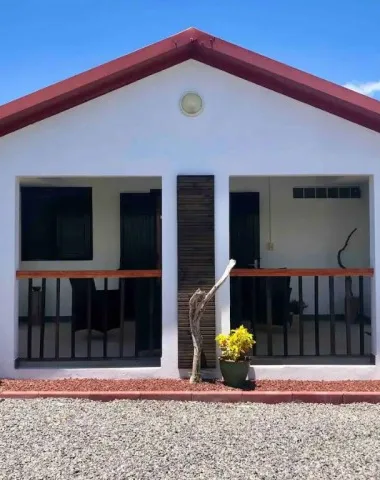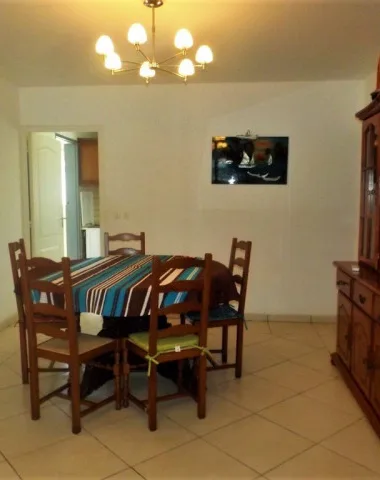Head to the Bois-Rouge sugar refinery to find out all about the secrets of how sugar and rhum in Reunion. A sugar cane odyssey that can be discovered day and night!
Located on the coast of the town of Saint-André, northwest of the pond of Bois-Rouge and east of the mouth of the Saint John River. The Bois-Rouge factory is one of the last two sugar factories in Réunion and is divided into two parts: the Bois-Rouge sugar factory and the Savanna distillery. This incredible industrial vessel produces 40% of Réunion sugar while the distillery produces amazing traditional and agricultural rums.
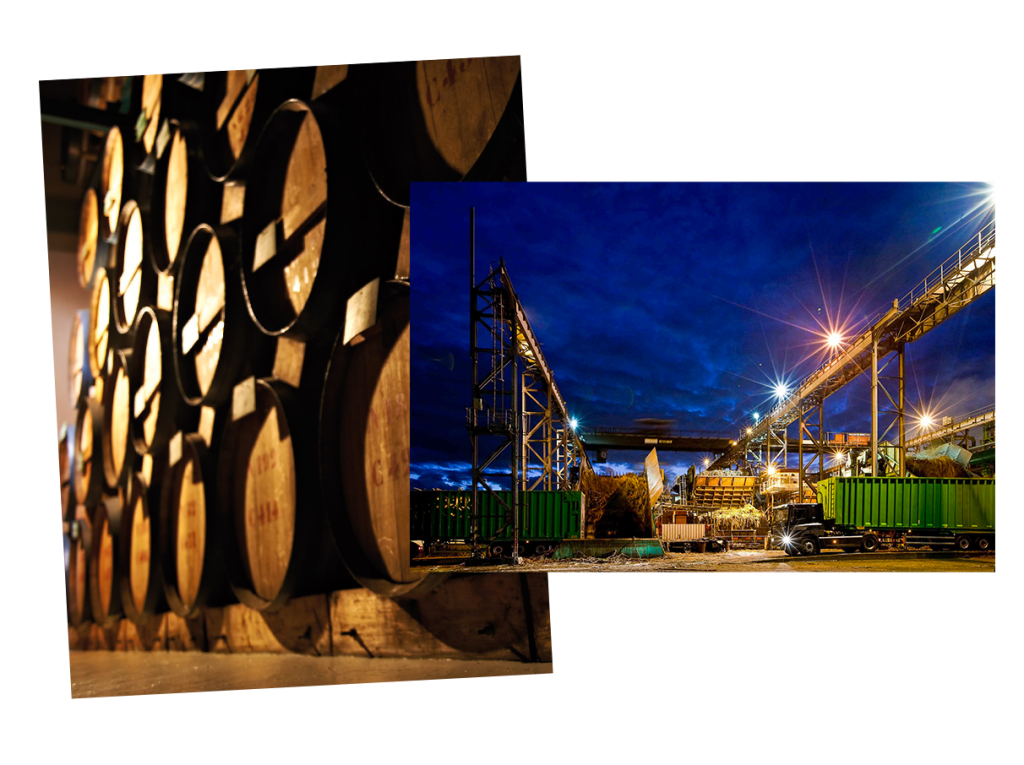
The Bois-Rouge sugar refinery
The visit to the sugar refinery takes visitors through the magical metamorphosis of plants into sugar, through all the stages of production: from reception of the cane to its transformation into sugar. An exciting journey in an authentic industrial universe.
The discovery of the rum industry introduces you to the meticulous development of great rums, the fermentation processes and the mysteries of aging in the cellars of la Savanna Distillery. At the end of the visit, you will of course be able to taste and buy all the derivative products made from sugar cane at the shop. Tafia & Galabe.
A little history
It was not until the 1785th century that sugar cane was imported into Reunion Island. From then on, it was the start of a great adventure for this giant tropical grass which would later become a strong symbol of the island. Originally, it was only used to produce arrack (cane alcohol) by the first settlers who managed to obtain cane plans. The first sugar factory will not be built until 1815 and sugar production will only become a real industry after the passage of the British on the island in XNUMX.
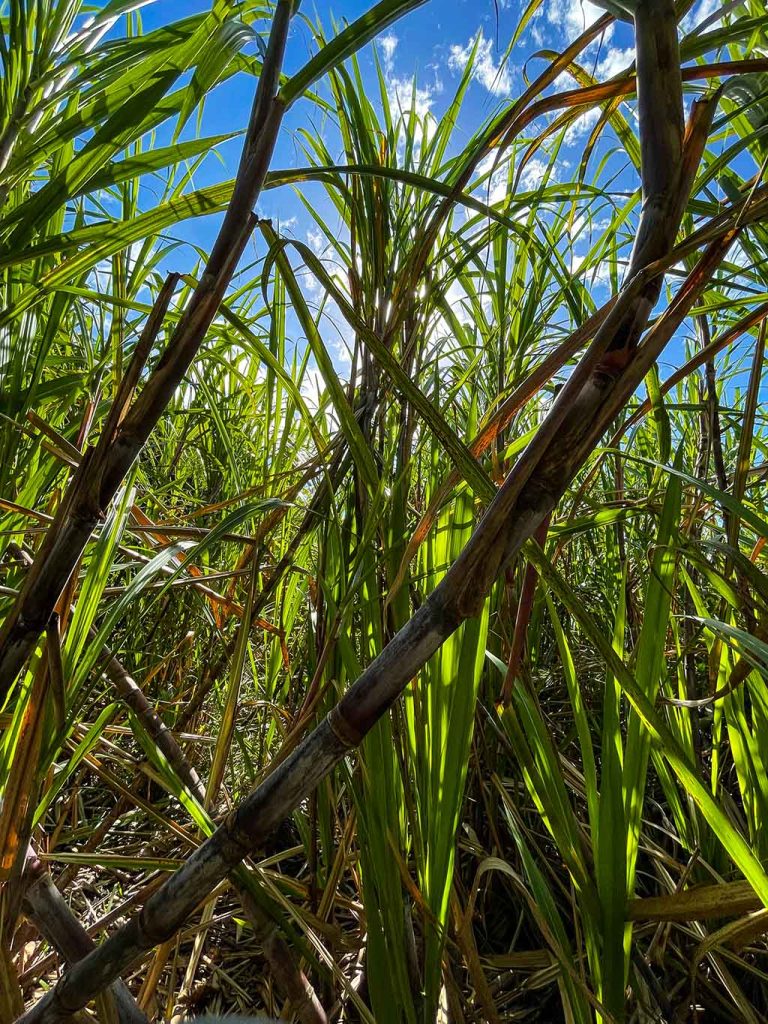
Read also
Travel the rum route in eastern Reunion
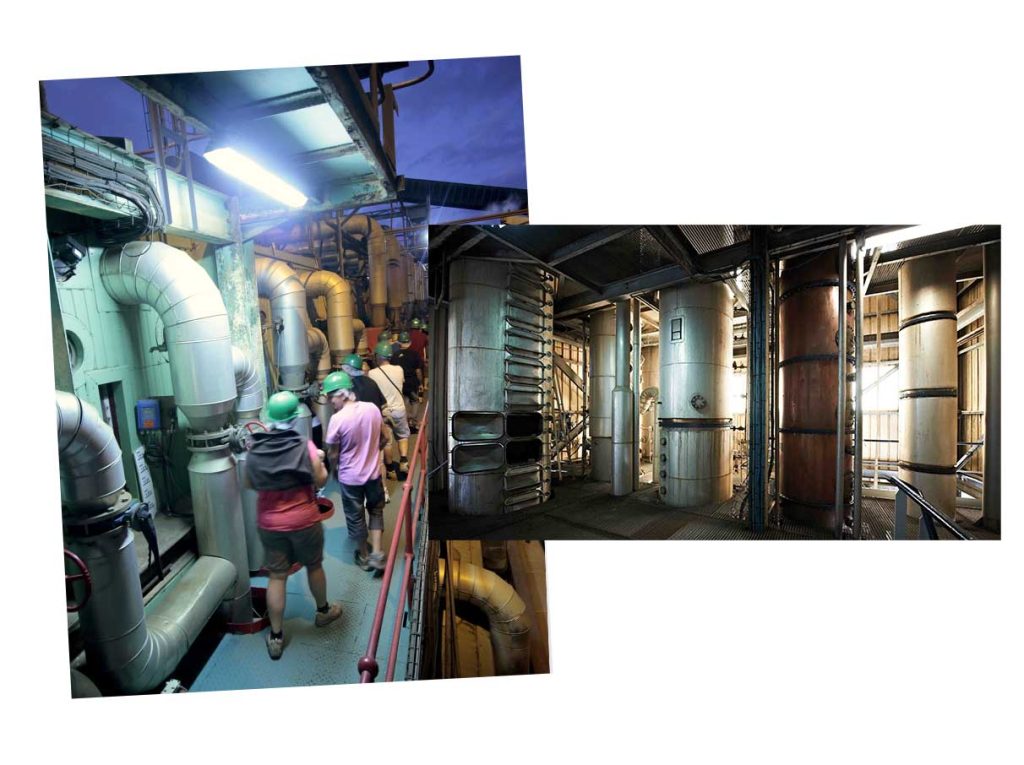
Sugar factories multiplied during the 200th century and the island eventually had more than 1816. The two factories that we still know today, that of Gol in Saint-Louis and that of Bois-Rouge in Saint-André, were built in 1817 and XNUMX respectively.
After the first sugar crisis in 1860, several political and economic factors or following innovations and renovations, the sugar factories will gradually disappear over the years. There will be more than 14 on the island in 1935, 12 in 1946, and more than two today.
The Bois-Rouge factory alone receives cane from the Saint-Paul farms in Sainte-Rose. It has the capacity to receive more than one million tons of cane for a production exceeding the 100 tons of sugar a year.
The sugar campaign
During the sugar campaign, from June to December, it produces electricity generated by bagasse (waste remaining from the cane once crushed) and steam for processing the cane. It is through this system that it operates according to the principle of cogeneration. This energy production from biomass represents 15 to 18% of annual production and supplies more than a tenth of its energy needs. It dispenses with more than 130 tons of coal every year.
Learn more about the factory
The factory produces special brown sugars and refined white sugar thanks to major investments that have enabled it to develop its traditional activity. The sugar factory was, in 2005, one of the first in Europe to receive ISO 9001 certification., synonymous with quality for its sugar production and sale activities.
